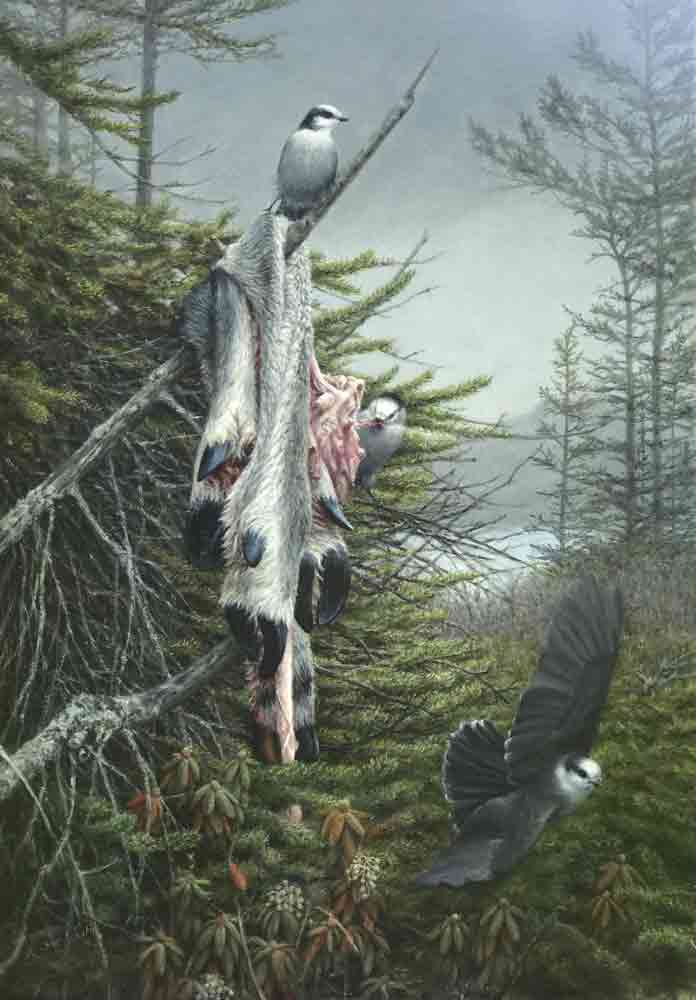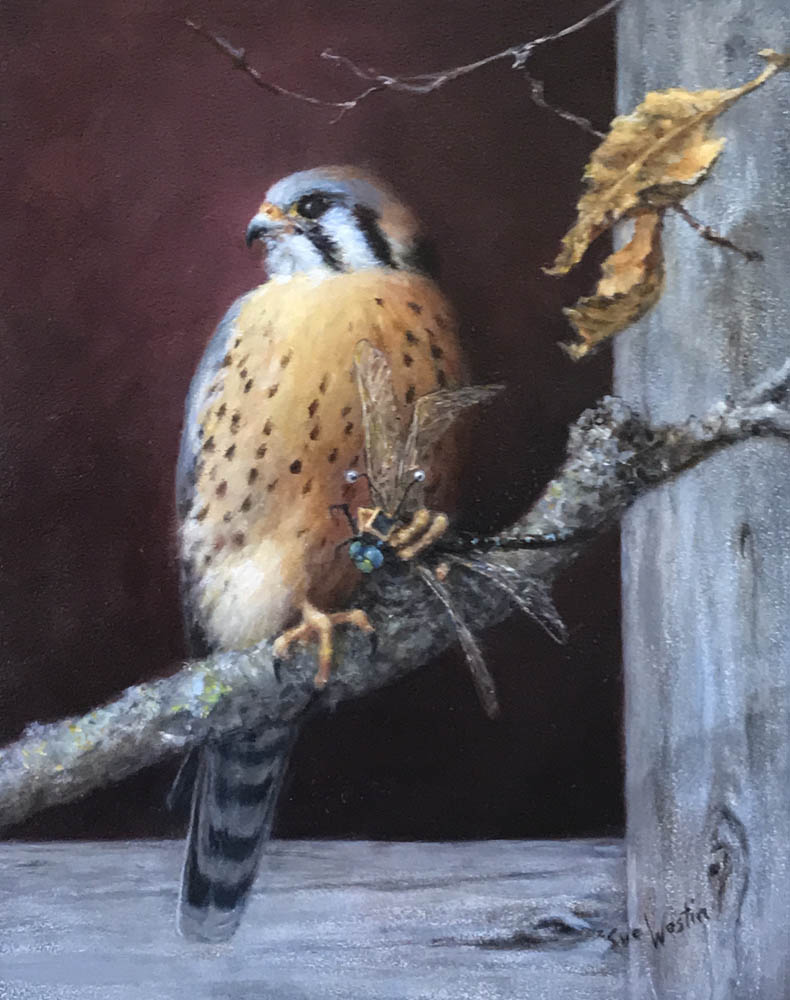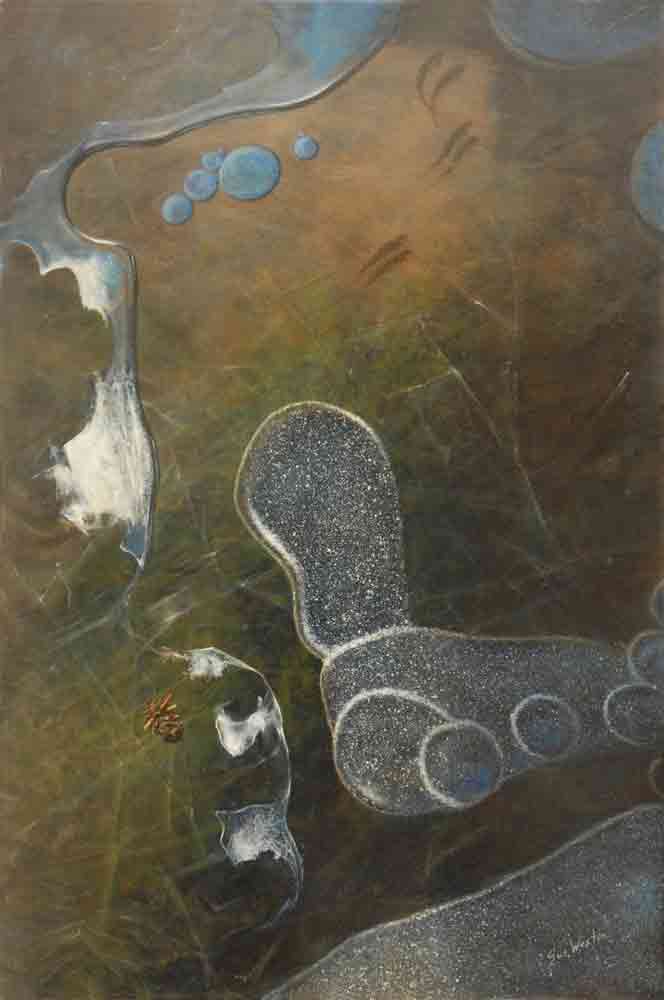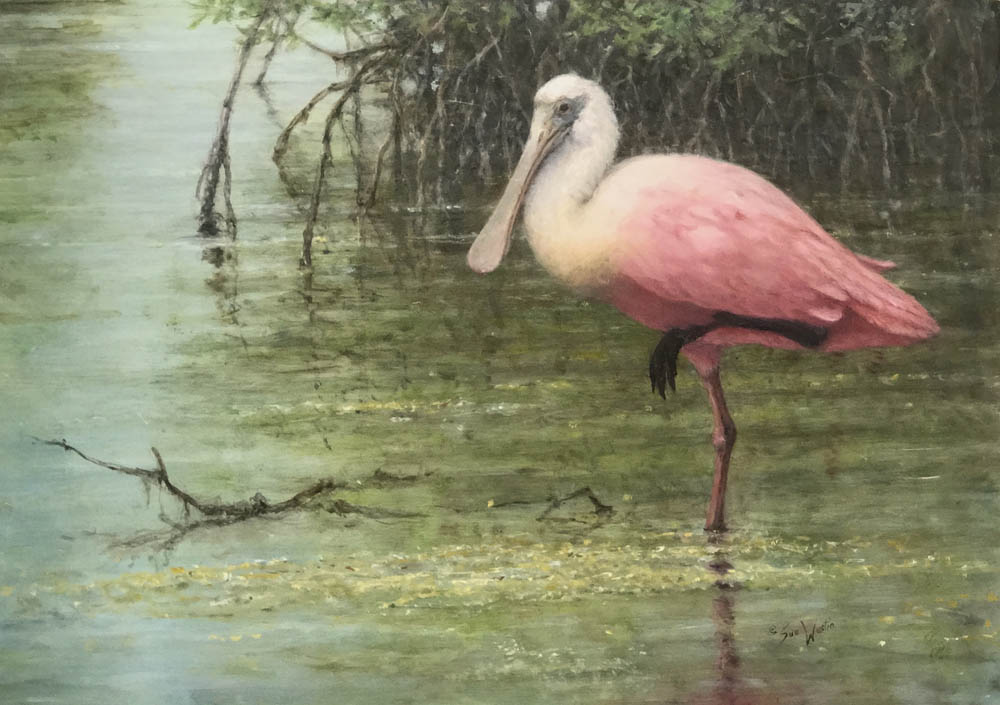In the Audubon Tradition Exhibition
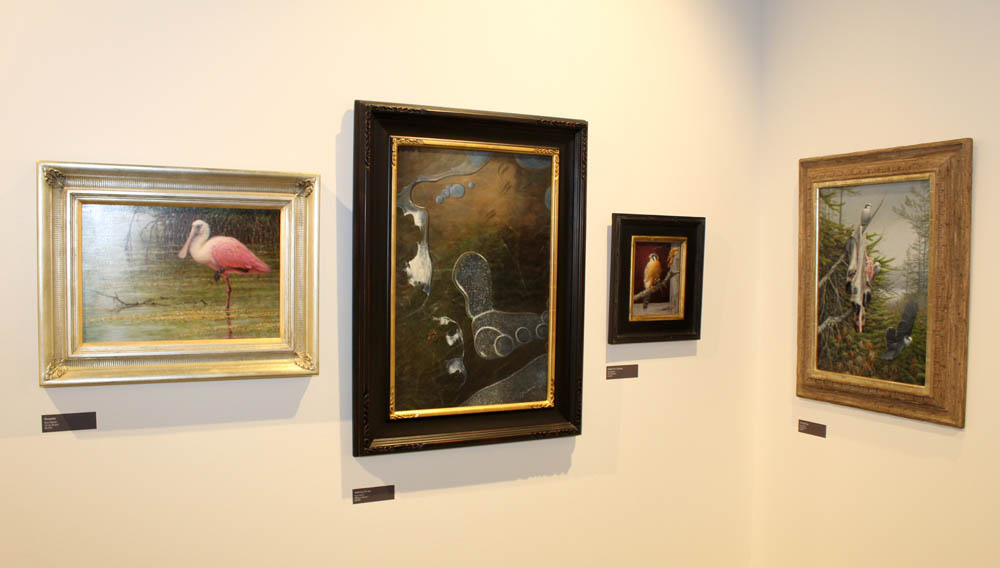
About Sue Westin
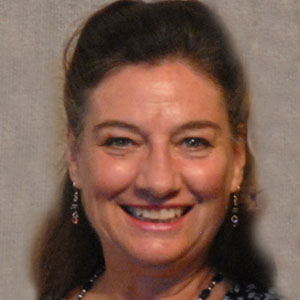
Sue Westin’s artistic journey has been a winding one to where she now stands as the first female painter to be honored with the title of Master in the
Over the years Westin has worked in a variety of art mediums: stone, oils, watercolors, theorem painting and recently acrylics. Her works have been exhibited in fine galleries and museums in the U.S. and abroad. They have been juried into numerous SAA and “Birds In Art” exhibitions and their museum tours and are found in the permanent collections
Today Westin is interested in further experimentation in both mediums and choice of subject. In 1992 Westin spoke at the Robert Tory Peterson Institute on the subject of “A Journey Into The Future”. Over the past thirty
The Gift Tree
$4600
Oil
24 x 17″
Northern Labrador is a land of transition between boreal forest and barren-ground tundra. The skies are immense and the land desolate, covered in rocks and lichens, brushy willows and scraggly spruce. Food chains are short, due to the limited diversity of species able to survive harsh winters. Old, native Innus understand their relationship to this world that sustains them. Their tradition is that when an Innu kills a caribou, the meat is harvested and what remains is given back to the creatures that share their world. The guts of a slain caribou are left for the bear and wolf. The hooves and backbone are draped in the spruce trees for birds, such as the Gray Jay shown in this painting. What I saw there did not strike me as something gruesome but rather as something beautiful and sacred.
How to Purchase
Death of a Cyborg
$1400
Oil
10 x 8″
The American Kestrel, our smallest falcon, preys small creatures, including insects. Here a kestrel clutches a Shadow Darner dragonfly. The unusual thing about this scene is that the insect is also a cyborg, a part natural and part cybernetic organism.
During Audubon’s time cyborgs did not exist; however, today cyborg dragonflies are a reality. Scientists have developed tiny, solar-powered backpacks which deliver pulses of light into the nerve cords of genetically altered dragonflies, enabling remote navigation of the insect. Use of cyborg insects could include: reconnaissance, search and rescue operations, environmental assessment of ecosystems, wild animal behavior, and, eventually, the pollination of plants. Cyborg bees?
How will wildlife react to slightly odd-looking insects? Will birds and fish eat them? Will normal insects try to mate with these anomalies? What will be the consequences? Like Audubon, we will be
How to Purchase
Walking On Ice
$8000
Mixed
30 x 20″
“Walking On Ice” has been an artistic adventure. In this
For myself, learning about caddisflies was a discovery process. I was unfamiliar with caddisflies as
The world is changing and so is the field of animal art. What had previously been disregarded is now being considered and rethought. Today both artists and laypeople are realizing that all life matters and that beauty lies often in the unexpected, unusual and the formerly overlooked.
How to Purchase
Roseate
$3300 Sold
Mixed
14 x 20″
“Walking On Ice” has been an artistic adventure. In this
For myself, learning about caddisflies was a discovery process. I was unfamiliar with caddisflies as
The world is changing and so is the field of animal art. What had previously been disregarded is now being considered and rethought. Today both artists and laypeople are realizing that all life matters and that beauty lies often in the unexpected, unusual and the formerly overlooked.

